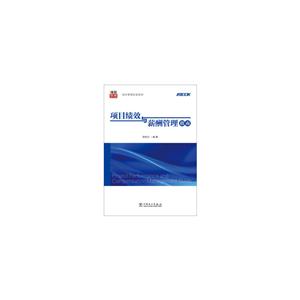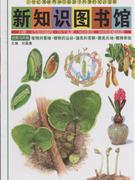节律与同步-神经科学百科全书-14

|
节律与同步-神经科学百科全书-14作者:斯奎尔(Larry R.Squire) 开 本:16开 书号ISBN:9787030280763 定价:156.0 出版时间:2010-08-01 出版社:科学出版社 |
节律与同步-神经科学百科全书-14 相关资料
插图:The alternation of light and dark is the most reliable timing cue on our planet, and therefore it is not surprising that the retina has evolved a precise timing mechanism that allows it to anticipate and then to adapt to the more than 1 million-fold change in light intensity during a 24 h period. The retina was the first extra-SCN oscillator to be discovered in mammals. Several studies have now demonstrated that many of the physiological, cellular, and molecular rhythms that are present within the retina are under the control of a circadian clock, or more likely a series of circadian clocks that are present within this tissue (Figure 1). For example, the disk shedding that occurs in the rod photoreceptors is under circadian control. Shedding persists in animals with SCN lesions or a transected optic nerve, indicating its independence from the central circadian pacemaker. Additional studies have reported that sensitivity to light-induced photoreceptor damage is modulated by the circadian clock via a cyclic adenosine monophosphate (cAMP)-dependent pathway. Other important retinal functions, such as visual sensitivity, are also under circadian control. Although results from these studies suggested that retinal physiology was regulated by a circadian clock, they were not sufficient to conclude that an independent circadian pacemaker was located within the retinal tissue. The definitive demonstration of the presence of an autonomous retinal clock in mammals was achieved a few years ago when it was shown that a circadian rhythm of melatonin release persisted in mammalian retinas maintained in culture. In light/ dark cycles, melatonin levels were high during the night and low during the day. In constant darkness, the circadian rhythm of melatonin release free-ran, exhibiting a period close to 24 h. The circadian rhythm of melatonin release in the retina can be entrained by light in vitro and is temperature compensated. Such results demonstrated that the retina can be considered a bona fide circadian pacemaker, since it satisfies the three fundamental properties (i.e., freerunning, entrainment, and temperature compensation) that describe a circadian rhythm.

自然科学 生物科学 生理学
在线阅读
- 最新内容
- 相关内容
- 网友推荐
- 图文推荐
| [高考] 2022 西安电子科技大学《软件工程》大作业答案 (2022-04-25) |
| [家长教育] 孩子为什么会和父母感情疏离? (2019-07-14) |
| [教师分享] 给远方姐姐的一封信 (2018-11-07) |
| [教师分享] 伸缩门 (2018-11-07) |
| [教师分享] 回家乡 (2018-11-07) |
| [教师分享] 是风味也是人间 (2018-11-07) |
| [教师分享] 一句格言的启示 (2018-11-07) |
| [教师分享] 无规矩不成方圆 (2018-11-07) |
| [教师分享] 第十届全国教育名家论坛有感(二) (2018-11-07) |
| [教师分享] 贪玩的小狗 (2018-11-07) |






